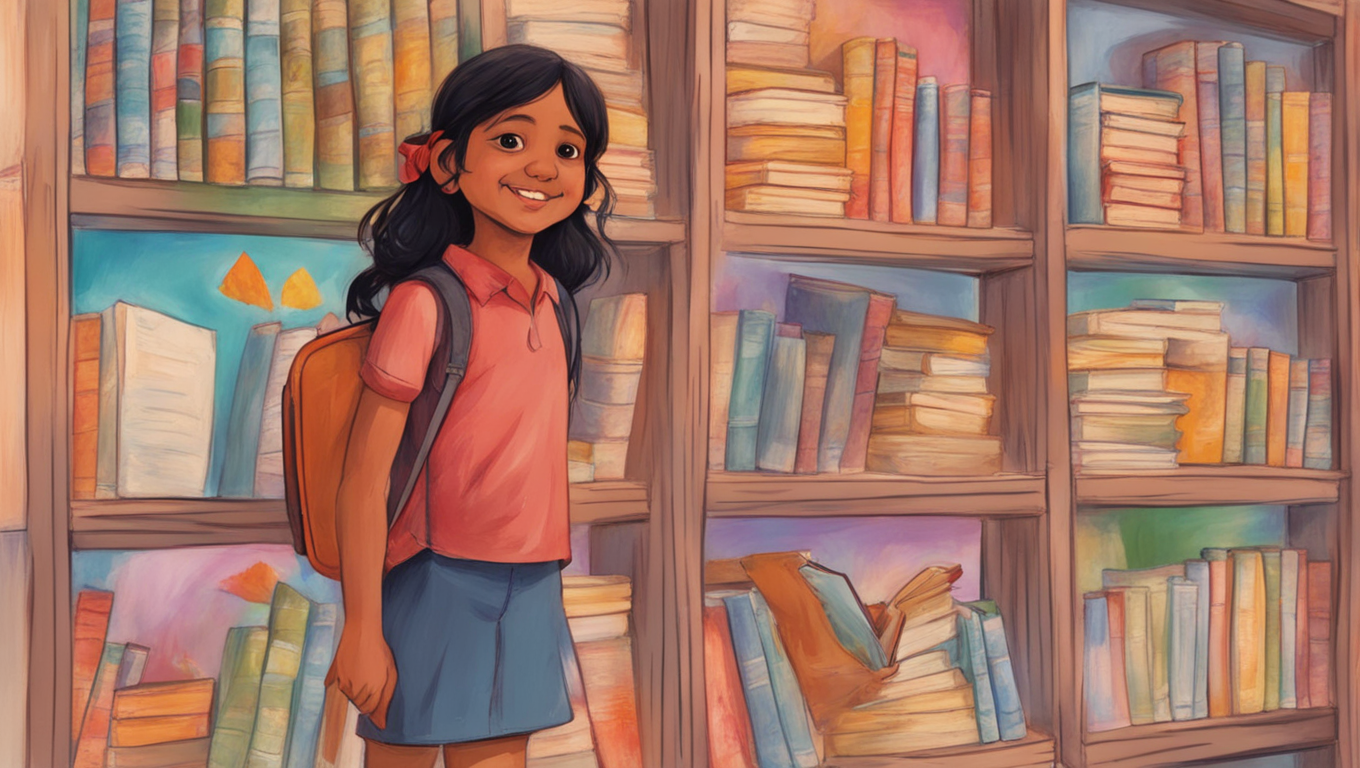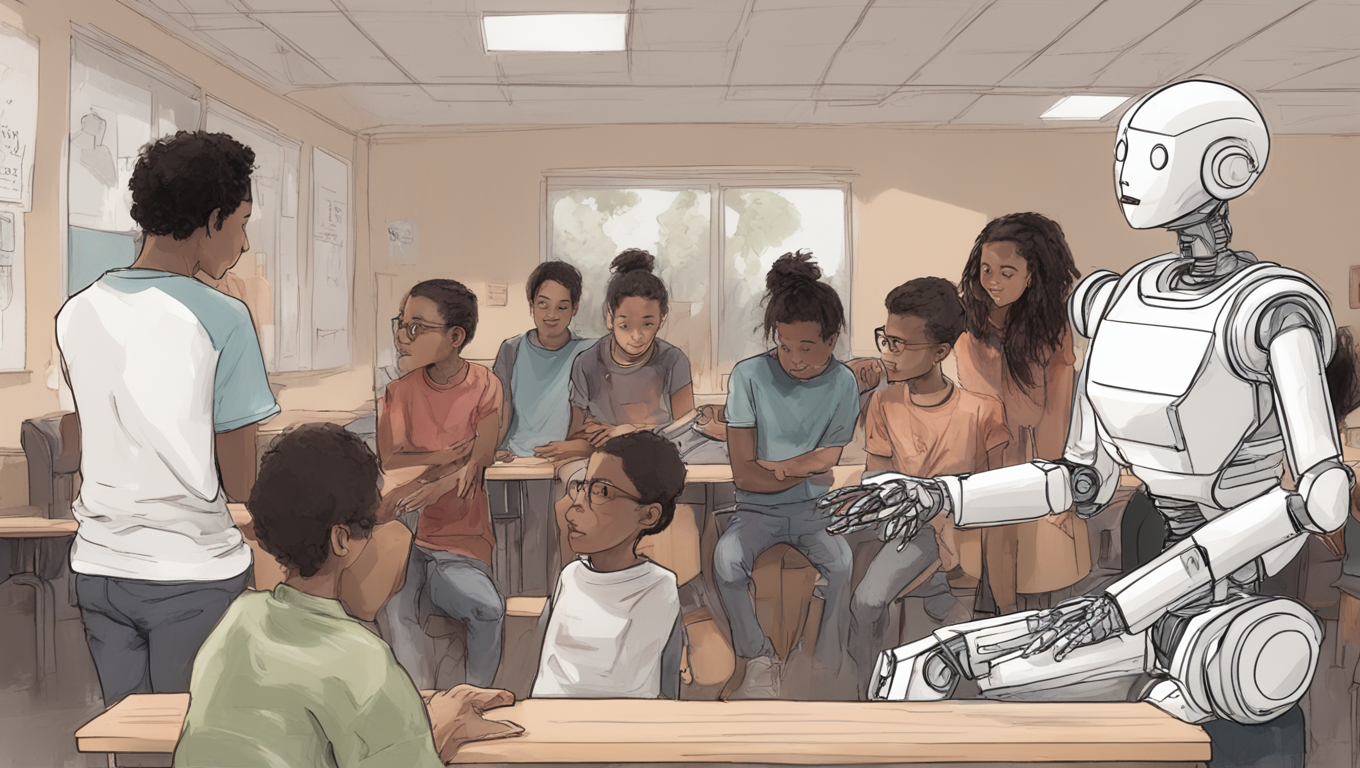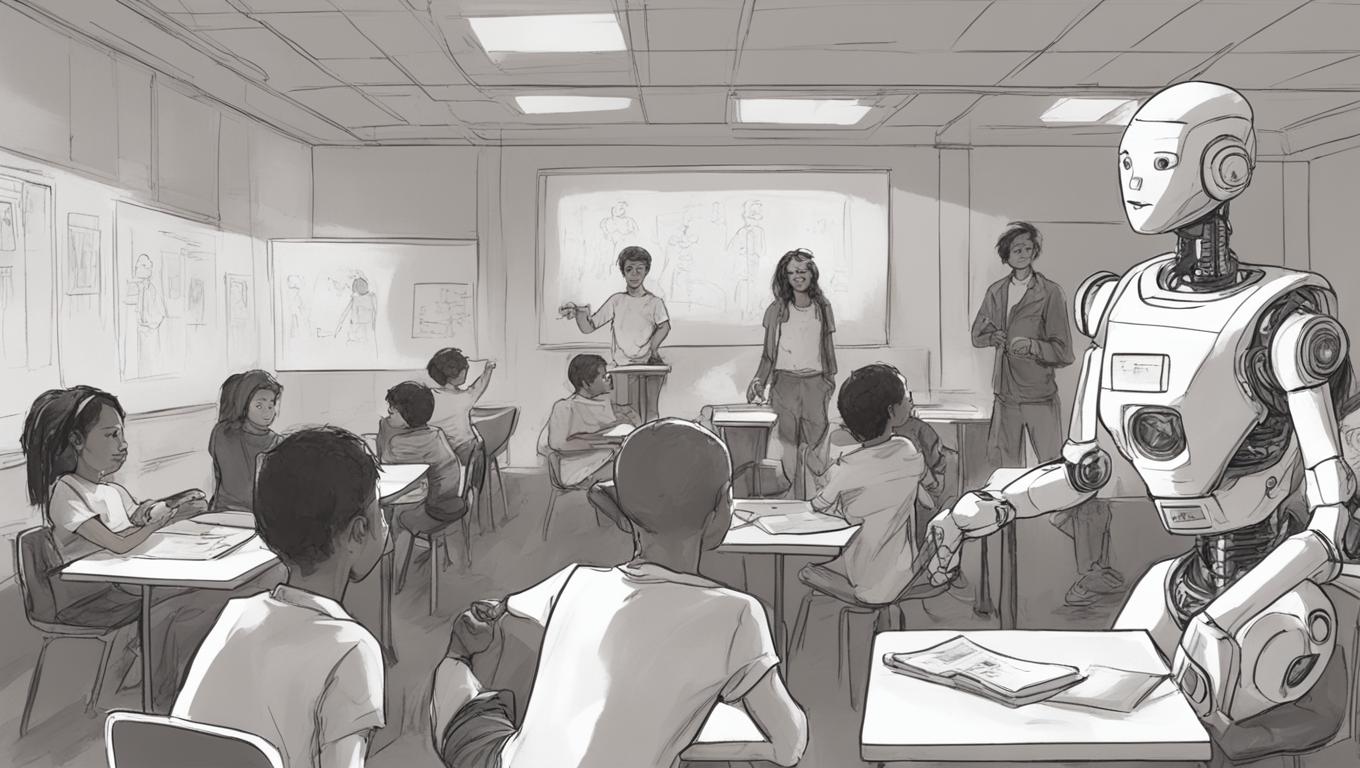India’s journey towards increasing its literacy rate and improving the quality of education has been supported by various initiatives and education policies implemented over the years. These measures have focused on addressing issues such as access to education, the quality of education, and reducing disparities. Some notable policies include the National Education Policy 2020 (NEP), Sarva Shiksha Abhiyan (SSA), Right to Education (RTE) Act, National Literacy Mission (NLM), Rashtriya Madhyamik Shiksha Abhiyan (RMSA), Digital India and E-learning Initiatives, Skill India and Vocational Education, and Beti Bachao, Beti Padhao. These initiatives reflect India’s commitment to improving literacy rates and educational quality across the country.
The NEP 2020 is a transformative blueprint for educational reform in India. It focuses on foundational literacy and numeracy, promotes multilingualism, integrates vocational education, and fosters technology-enabled learning. The policy also emphasizes teacher training and professional development. The NEP 2020 strives to elevate India’s education system to new heights by addressing challenges and introducing innovative approaches.
Sarva Shiksha Abhiyan (SSA), launched in 2001, has been one of India’s flagship programs for universalizing elementary education. It aims to provide free and compulsory education to children aged 6 to 14 years, with a focus on addressing disparities in enrollment, attendance, and learning outcomes. SSA works towards improving infrastructure, teacher quality, and curriculum content to enhance the overall educational experience.
The Right to Education (RTE) Act, enacted in 2009, makes education a fundamental right for children aged 6 to 14 years. It mandates free and compulsory education, establishes minimum standards for schools, and prohibits discriminatory practices. The act aims to ensure equitable access to quality education for all children.
The National Literacy Mission (NLM) focuses on eradicating illiteracy and promoting adult education. It works towards improving adult literacy rates through programs like the Total Literacy Campaign and the Continuing Education Program. NLM aims to enhance functional literacy skills and empower adults to actively participate in socio-economic activities.
Rashtriya Madhyamik Shiksha Abhiyan (RMSA), launched in 2009, focuses on enhancing access to quality secondary education. It aims to increase the enrollment ratio in secondary schools, improve infrastructure, provide teacher training, and enhance the curriculum to make it more relevant and skill-oriented.
Digital India and E-learning Initiatives have aimed to leverage technology for educational transformation. Initiatives like DIKSHA provide digital content and resources to teachers and students. The move towards e-learning and digital classrooms has been accelerated to bridge gaps in access to quality education, especially in remote areas.
Skill India and Vocational Education, an initiative to provide skill development and vocational training, aims to enhance employability. It recognizes the importance of practical skills alongside academic education, catering to a broader range of career opportunities and addressing the needs of the job market.
Beti Bachao, Beti Padhao is an initiative to promote the education of the girl child and address gender disparities in education. By raising awareness about the importance of girls' education and providing incentives, it seeks to create a more inclusive and equitable educational environment.
While these initiatives reflect India’s commitment to improving literacy rates and educational quality, there are critical challenges that need to be addressed. Disparities based on socio-economic status, gender, and caste persist, limiting access to quality education for marginalized communities. Quality disparities exist between urban and rural areas, private and public schools, and among states. The quality of education is heavily dependent on well-trained and motivated teachers, but teacher shortages and inadequate training persist. The prevalent emphasis on rote learning hampers critical thinking and creativity, and linguistic diversity poses challenges for curriculum development and standardized testing. Dropout rates remain high, and there is often a mismatch between the skills students acquire and the demands of the job market. Bureaucratic red tape also slows down policy implementation.
Despite these challenges, India’s educational programs have shown positive outcomes. The literacy rate has increased, enrollment rates have improved, and technology integration has enhanced learning resources. Initiatives like Beti Bachao Beti Padhao in Haryana, Kanya Kelavani and Shala Praveshotsav Campaign in Gujarat, Ekal Vidyalaya Foundation, Barefoot College in Rajasthan, Pratham’s Read India Campaign, Kerala’s Education Model, and Azim Premji Foundation’s Teacher Training Programs are examples of successful initiatives that have made a significant impact on literacy and education.
For further exploration of the topic, students and educators can refer to reputable sources such as the National Education Policy 2020 document, the State of the education report for India by UNESCO, the World Bank Education website, the UNESCO Education website, the Ministry of Education, Government of India’s official website, and the Annual Status of Education Report (ASER). These sources provide comprehensive information, research, reports, and statistics on literacy and education in India.
India’s journey towards achieving universal literacy and improving the quality of education is a complex and ongoing process. While progress has been made, there are still challenges to overcome. Addressing these challenges requires a multi-faceted approach that combines policy reforms, investments in infrastructure, teacher development, and a commitment to holistic education that nurtures critical thinking and practical skills. Through dedicated efforts, innovative approaches, and community involvement, India can continue on its path towards unlocking its educational potential and contributing to the nation’s socio-economic development.





Use the share button below if you liked it.